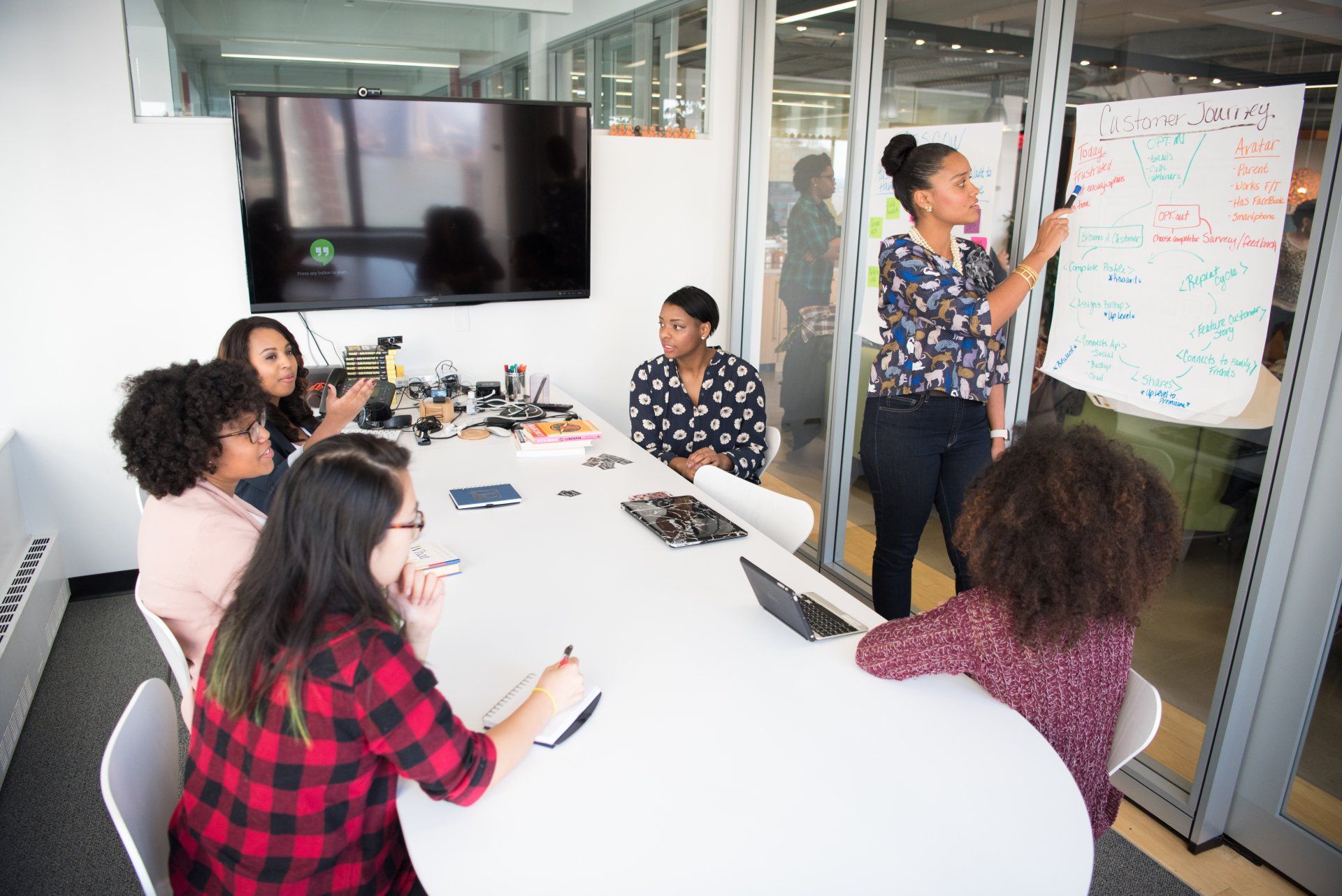Embracing Sustainability through BPR
The pandemic brought about many changes in our lives, some good and some not so good.

It can be said that people's awareness increases when we focus on the positive aspects. In particular, the importance of digital has become more understood and its usage areas have increased. Online meetings, remote working and hybrid solutions are among these areas.
People have understood something else: If we do not want to experience phenomena such as pandemics again, a sustainable world is a must.
Right now, there's a strong global awareness of environmental issues, and businesses need to adapt to meet the demands of consumers while also contributing to a sustainable future. This is where the sustainability goals of big companies come into play.
For example, textile companies are working on producing eco-friendly products that are good for the environment, and banks are looking for ways to reduce their physical footprint. Technology companies, like Apple, are leading the way by committing to reducing their carbon footprint to zero by 2030 through innovations in materials, clean energy, low-carbon shipping, and restoring natural ecosystems.
In addition, financial institutions and monetary funds increasingly find it appropriate to make investments according to the sustainability scores of companies. If your sustainability goal is not among your company's strategic goals or remains a very small percentage, it may be time to take action.
One of the powerful approach in achieving this transformation is Business Process Reengineering (BPR). By reevaluating and redesigning core operations, companies can significantly reduce their environmental footprint while enhancing efficiency and profitability.
There are many steps involved in this process, but achieving some key milestones can make things much easier. Here are the essential steps:
1) Identify Environmental Impact: The first step is to figure out which parts of your business processes have the biggest impact on the environment. This could include things like how much energy you use, how much waste you produce, and how many carbon emissions your operations generate.
2) Set Clear Sustainability Goals: Once you know where your environmental impact is coming from, the next step is to set clear and measurable sustainability goals. These goals could be about reducing energy consumption, cutting down on water use, or reaching specific waste reduction targets. Having concrete goals helps you track your progress and show your commitment to sustainability.
3) Promote a Culture of Sustainability: Sustainability shouldn't just be a part of your operations; it should also be part of your company's culture. This means educating your employees about the importance of sustainability, providing training on eco-friendly practices, and recognizing and rewarding efforts that support your green initiatives.
In conclusion, it's time to take action. Embracing sustainability through Business Process Reengineering isn't just the responsible thing to do; it's also a crucial step toward building a more sustainable and prosperous future for generations to come.
Want more information?
T +90 212 284 75 92



